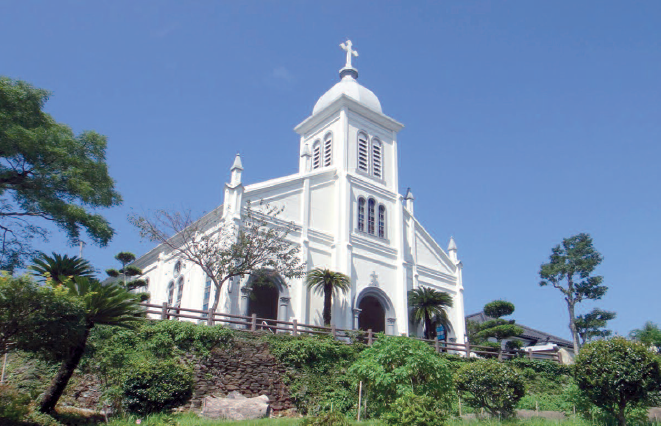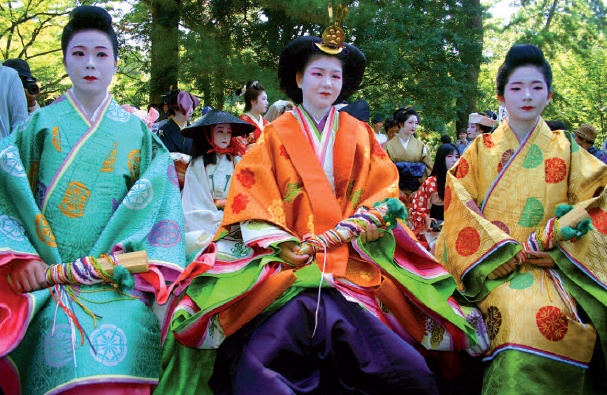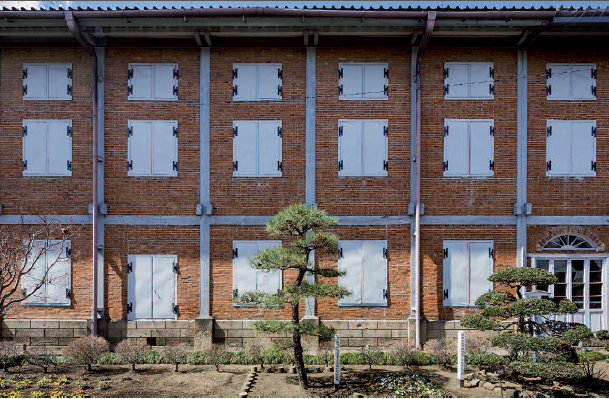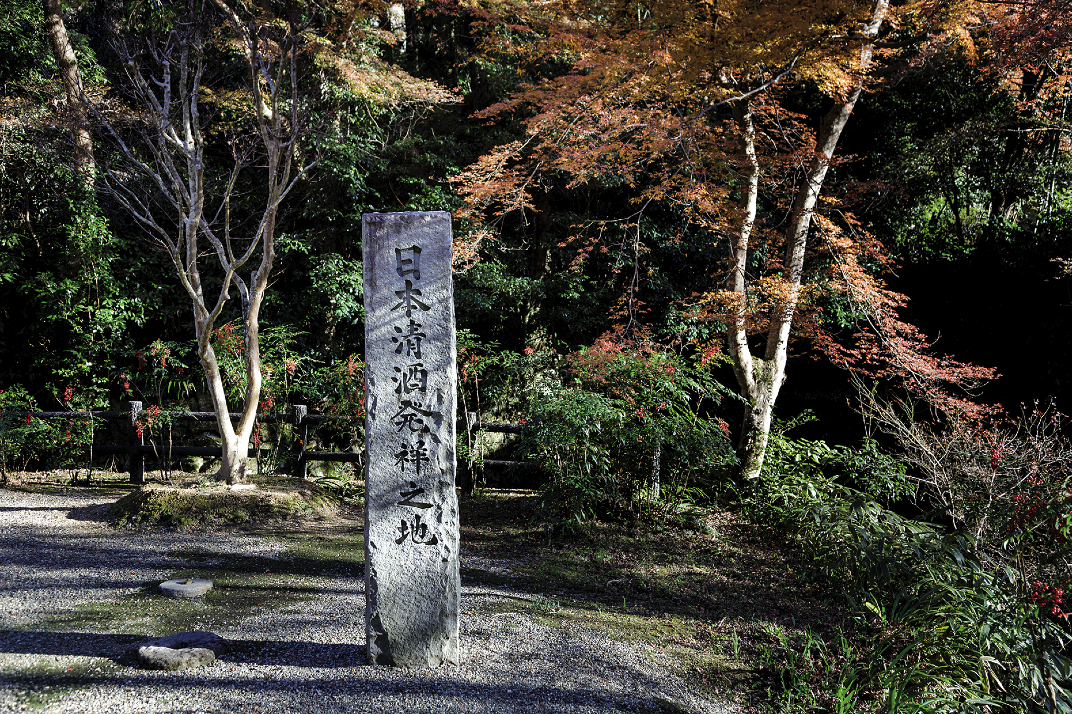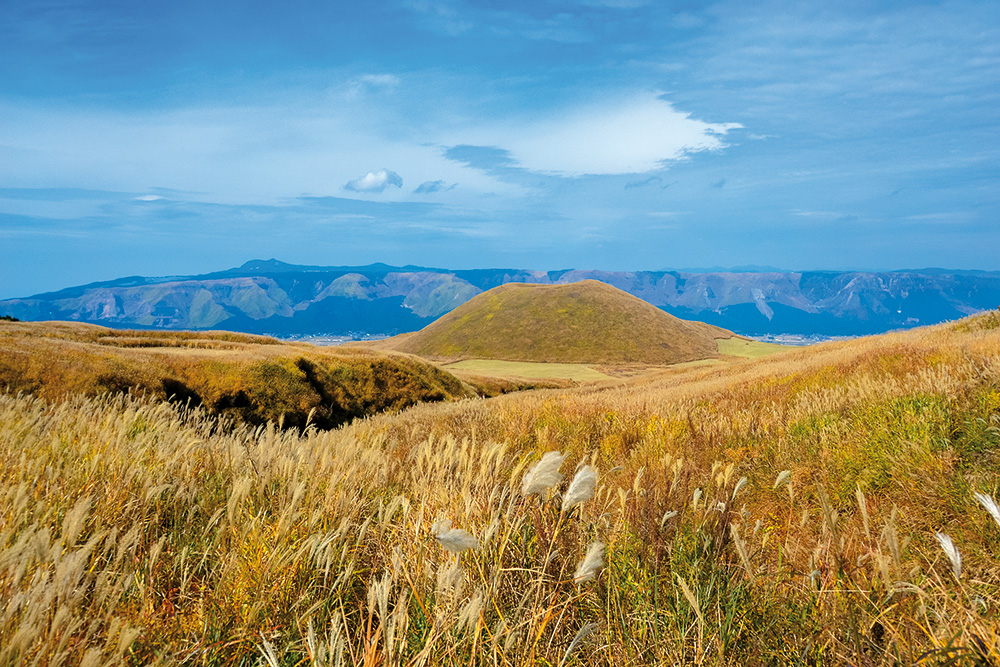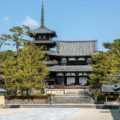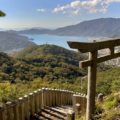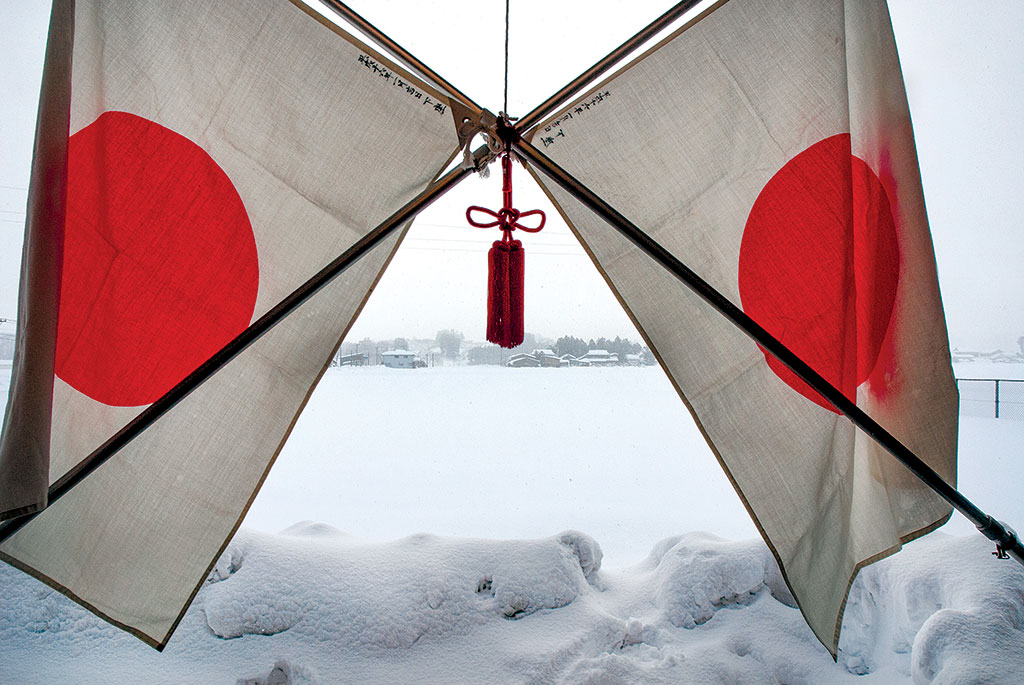

/ Eric Rechsteiner for Zoom Japan
The western side of Japan spends most of the winter under metres of powdery snow.
The train came out of the long tunnel into the snow country. The earth lay white under the night sky”. Thus begins Kawabata Yasunari’s most famous novel, Snow Country, the story of a man who travels to a hot spring town where he meets and falls in love with a geisha.
Today, we can repeat the same journey on the Joetsu Shinkansen and if we travel in winter, like the protagonist in Kawabata’s novel, we will be spellbound by the abrupt change in the landscape: the train enters a series of long tunnels, leaving behind Japan’s east coast, and by the time it emerges on the other side, we suddenly find ourselves surrounded by snow. We are in the heart of the so-called Snow Country.
Yukiguni (Snow Country) is the name that has been given to the Sea of Japan side of Honshu, Japan’s main island, and Hokkaido. Strictly speaking, at least ten of the country’s 47prefectures are part of this region, but its geographical and cultural core is best represented by Niigata – where Kawabata’s story takes place – Toyama and Fukui.
This region is divided into “heavy snowfall” and “special heavy snowfall” areas. A typical example of the former is Niigata, the centre of the Snow Country Tourism Zone and which, quite surprisingly, is located on the 37th parallel north, the same as much warmer places like San Francisco and the south of Sicily. What makes the Japanese west coast so cold are warm jet streams from the south and moisture-laden clouds carried to Japan by westerly winds blowing off the Asian continent or down from Siberia. The Japanese Alps, which make up Honshu’s backbone, trap those clouds along the island’s western side and come winter, they release their moisture in the form of heavy snow.
Although by Japanese standards Snow Country is not densely populated, about 20 million people (15% of the total population) live in this region, more than in any other heavy snowfall area in the world. In other large cities with more than 1 million inhabitants – for instance, Montreal, Canada – the average amount of annual snowfall is more than 2 meters compared to over 6 metres in Sapporo and over 2.5 metres in Niigata, a city with a population of nearly onemillion. As for the “special heavy snow fall area”, it occupies approximately 75,000 square kilometres (about 20% of the country) and has a population of 3.01 million (2.4% of the total). By the way, you may wonder what “heavy snowfall” means. In a city like Tokyo, just five centimetres of snow can easily cause chaos for millions of people. However, Snow Country is regularly visited by fierce blizzards. The most recent record snowfalls in Japan occurred between December 2005 and February 2006, when well over 3 metres (4.5 metres in one part of Aomori Prefecture) of snow accumulated in many rural areas, and anywhere from 46 centimetres (Tottori) to nearly 1.5 metres (Aomori) piled up in several major cities.
Since the beginning of the 21st century, heavy snowfalls in this part of Japan have increased to such an extent that they have emerged as a problem that cannot be overlooked in terms of accident and disaster prevention. In this respect, many accidents occur that are unique to this part of Japan. In some cases, people die after being crushed under a heavy load of snow falling from the roof. Since letting the snow accumulate over their head is dangerous, many people climb on top of their houses to get rid of it. Unfortunately, some of them lose their footing and plummet to their deaths.
A basic plan was established to remove snow, secure transport and communication, and promote regional development. However, the economic burden of snow removal, such as clearing roads and infrastructure development, can hardly be shouldered by the local authorities alone. Therefore, special administrative and financial support has been provided by the national government.
At the same time, a new movement is spreading that stresses the need to focus not only on the damage caused by snow but also on the benefits that the snow can bring. According to Ito Yoshiomi, chief researcher at the Joetsu-based Snowman Foundation, “It takes a huge amount of energy to turn snow into liquid at 0 degrees. Until now, we just waited for the sun to melt it. However, if the energy emitted at this time can be extracted as cold heat, the concept of snow country may change dramatically”. The Snowman Foundation was created to research and spread information on new ways to use snow (e.g. snow cooling systems), and in the process spread the word about the culture of Snow Country. In addition, snow power generation is currently being researched at the University of Toyama.
For centuries, Snow Country was cut off from the rest of the country apart from a few mountain paths and sea routes. Then, in 1971, Niigata born prime minister Tanaka Kakuei pushed for the construction of the Shinkansen line to establish closer ties with Tokyo and promote regional development. However, even after regular services began in November 1982, this area continued to be considered a sparsely populated backcountry far removed from the “Golden Route” (Tokyo-Kyoto-Osaka), which had little to offer visitors besides a few tourist resorts.
Yet, until around 1893, Niigata Prefecture had the largest population in Japan. During this period, urbanisation and industrialisation had not yet developed, and many Japanese made a living from farming. Needless to say, agriculture in this prefecture is synonymous with rice cultivation, and thanks to the snow, there was and still is an abundance of water which is indispensable for growing rice. For example, because of the thaw from the mountains, it was easy to secure water even in the mountainous areas and create terraced rice fields.
Snow has played an important role in other aspects of the local economy. Echigo Jofu, for instance, is a high-quality linen fabric, which was used for the formal clothing of the samurai until the Edo period and has been designated as an Important Intangible Cultural Property. Today, it is produced by different methods, but in the past, the cloth was buried in snow, taking advantage of the positive bleaching effect of the hydrogen ions generated when the snow melts. By exposing the fibres to snow, the white becomes whiter and the colours and patterns become clearer.
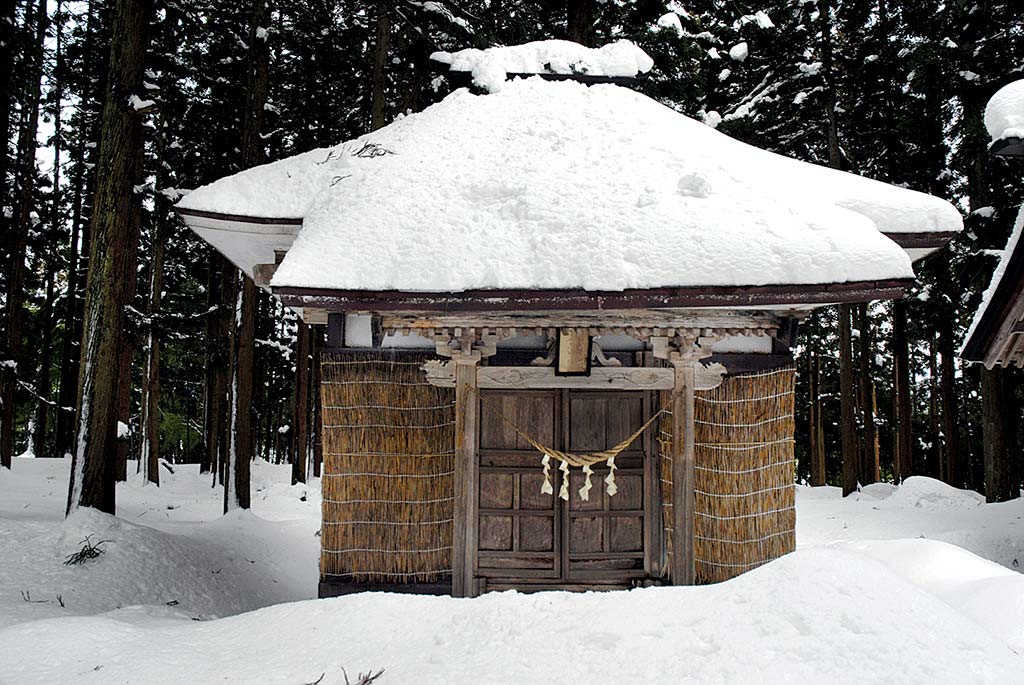
/ Eric Rechsteiner for Zoom Japan
With such an abundance of snow, it was all too natural to collect and sell it during the hot season. Ice in the summer was a very expensive luxury in the days when most houses did not have Last but not least, the water generated by the melting snow in spring is also used for power generation. JR East, the country’s main railway company, has three hydroelectric power plants in Niigata Prefecture with a capacity of 449,000 kilowatts and supplies electricity to its lines in the metropolitan area (e.g. Tokyo’s Yamanote Line). Indeed, a quarter of all the electricity used by JR East is supplied by hydroelectric power plants in Niigata Prefecture.
While in the eyes of most foreigners Kyoto and Tokyo best exemplify the two sides of Japanese culture – tradition and modernity – which continue to coexist to this day, Snow Country has a rich history that goes back to the Jomon period, more than 10,000 years ago. The people who settled in these regions with such a harsh climate ultimately managed to coexist with nature, and their wisdom can still be found in the culture that has been handed down from generation to generation. In contrast to the overdeveloped east coast, even the local scenery has remained rela-try, surrounded by the hot springs and the ski resorts of the Echigo Sanzan mountains. Formerly known as Shiozawa, it is the birthplace of Suzuki Bokushi, a merchant and essayist of the late Edo period who, in 1837, published Hokuetsu seppu (Snow Country Tales: Life in the other Japan), an encyclopaedic work of human geography describing life in that region. From sketches of snowflakes (the first edition contains 86 types of natural snowflake crystals) to detailed descriptions of local customs, lifestyles, dialects, industries and folk tales, this work is a veritable Snow Country encyclopaedia. Indeed, it was so popular at the time that it rapidly became a best seller. In Shiozawa, we find Makino-dori, a commercial street full of traditional two-storey buildings. It is also a typical example of “Gangi-dori” where gangi are the eaves of the houses facing the street. They have been extended to shelter the streets, thus creating a place where people can walk without worrying about snow or rain. Apart from Shiozawa, these streets can still be found in places like Takada ( Joetsu City), Tsugawa (Aga Town) and other heavy snowfall areas outside Niigata, like Hirosaki in Aomori Prefecture, where they are called komise. These simple arcaded streets are a reminder of the old traditional townscape.
Gangi-dori are the only places where people can find a little respite from snow in winter. Even in the 1950s, for example, when snow removal was not undertaken as much as it is today, the streets were so full of snow that the simple act of crossing the street could turn into a dangerous ordeal. Needless to say, over the years locals have come up with different ways and ingenious ideas to deal with the weather, including novel ways to build houses. In winter, fresh snow piles up everywhere and a one-metre snowfall is far from exceptional. Since it weighs 300 kilograms per square metre, various measures were taken to create houses that would not be crushed by the weight of the snow, and to allow the accumulated snow to naturally fall off the roof. In certain houses, the first floor is not used as a living space, the concrete base is raised, and the entrance is on the second floor in order to avoid the entrance from being buried during heavy snowfall or by snow falling from the roof.
It is only natural that winter sports are popular in Snow Country. In the past, everybody owned bamboo skis, made by heating and bending the ends of split bamboo and tying them with string. Due to a decline in skiing, the number of visitors to ski resorts in Niigata Prefecture is in decline compared to its heyday, but skiing remains a valuable tourist resource. In recent years, efforts have been made to attract foreign tourists, with other activities having gained popularity. Snowshoe trekking, for instance, is a nice way to enjoy nature in mountainous areas that are not ski resorts. As the broadleaf trees have lost their leaves and the undergrowth is covered in snow, it is the perfect time to observe natural life either birdwatching or searching for the tracks of wildlife.

The above-mentioned book by Suzuki Bokushi gained such a wide readership because it emphasised how completely unimaginable life in Snow Country was for people who lived in warmer places. Indeed, even today, these regions remain a world apart from the rest of the country and have their own unique characteristics. Here are a few examples: • Commercials for stoves and snow tyres start appearing after obon (second half of August). • People do not use an umbrella when it snows • It is not unusual for people to exit their detached houses from the first-floor window. • Sunny days are colder (due to the process of radiative cooling ). • Snowy nights are very quiet (snow has sound absorbing properties). • Skiing and skating are part of compulsory education. • It is common to go to school in ski clothes. • The school winter break is long but the summer vacations are short. • School and work do not stop even in a blizzard.
We end our journey through Snow Country where we started, with a visit to the location of Kawabata’s novel. The ryokan (inn) where the story takes place is located in Yuzawa, not far from Echigo-Yuzawa station, the first stop after the train emerges from the tunnel. Kawabata intentionally hid place names in his works, but in an essay titled Journey to Snow Country, he revealed that he had spent time at the Takahan Ryokan in Yuzawa between 1934 and 1937 when he completed the first version of the story. That inn was originally built more than 800 years ago. During the Edo period, it was used as a way station by feudal lords heading to the shogunal capital to carry out their official duties. It is even mentioned in Suzuki Bokushi’s book. Now called the Yukiguni Yado Takahan, the ryokan has been rebuilt more than once, but inside, the Kasumi-no-ma room where Kawabata composed his masterpiece and Toyoda Shiro directed the eponymous film in 1956 has been recreated and is preserved to this day.
Gianni Simone

